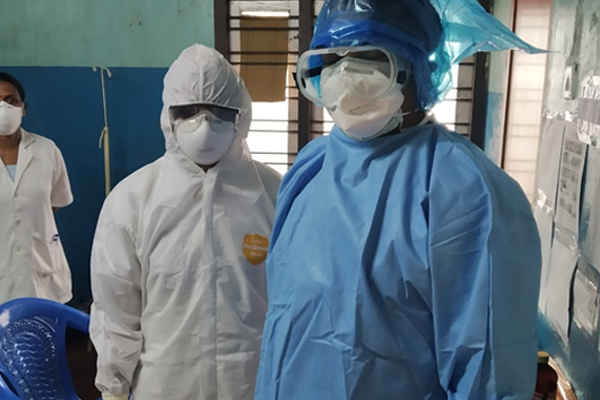|
PPE: Complete guide to Personal Protective Equipment
PPE is the personal protective equipment that will protect the user against health or safety risks. This guide includes an explanation of the PPE 2018 regulations, best practice advice for health and safety professionals and useful resources for further reading. PPE can include items such as safety helmets, gloves, eye protection, hazmat suits, high-visibility clothing, safety footwear, safety harnesses, ear plugs, ear defenders and respiratory protective equipment (RPE). In appropriate situations disposable PPE may be provided; eg single-use coveralls. Employers have duties concerning the provision and use of personal protective equipment at work.
PPE does not include:
• Ordinary working clothes or uniforms not designed to provide for the health or safety of workers;
• Clothing provided for food hygiene purposes;
• Equipment used for protection while travelling on a public road (ie motorcycle or bicycle helmets);
• Equipment used during competitive sport competitions (but other protective equipment used by sports instructors would be included eg life jacket worn by canoe instructor);
• An offensive weapon used as self-defence or as deterrent equipment. For example, truncheons or CS gas canisters as used by the police or military (but helmets, body armour and other PPE used to protect staff from physical violence, is included);
• Portable devices for detecting and signalling risks and nuisances, such as badges for detecting radiation, or personal gas detectors.
Health and safety visitors to Crossrail dressed in PPE
Why is PPE important?
In the hierarchy of risk control, PPE is considered to rank lowest and represent the option of last resort. It is only appropriate where the hazard in question cannot be totally removed or controlled in such a way that harm is unlikely (for example by isolating the hazard or reducing the risk at source to an acceptable level).
There are a number of reasons for this approach:
• PPE protects only the person using it, whereas measures controlling the risk at source can protect everyone at the workplace;
• Theoretical maximum levels of protection are seldom achieved using PPE, and the real level of protection is difficult to assess (due to factors such as poor fit, or failure to wear it when required). Effective protection can only be achieved by equipment which is correctly fitted, maintained and properly used at all times;
• PPE may restrict the wearer by limiting mobility, visibility or by requiring additional weight to be carried.
• Use of PPE may alter employees’ perception of the hazards they are dealing with.
In this context of a last resort control measure, PPE is critically important as it is generally only used where other measures are insufficient and as such it plays a crucial role in preventing and reducing many occupational fatalities, injuries and diseases.
|



